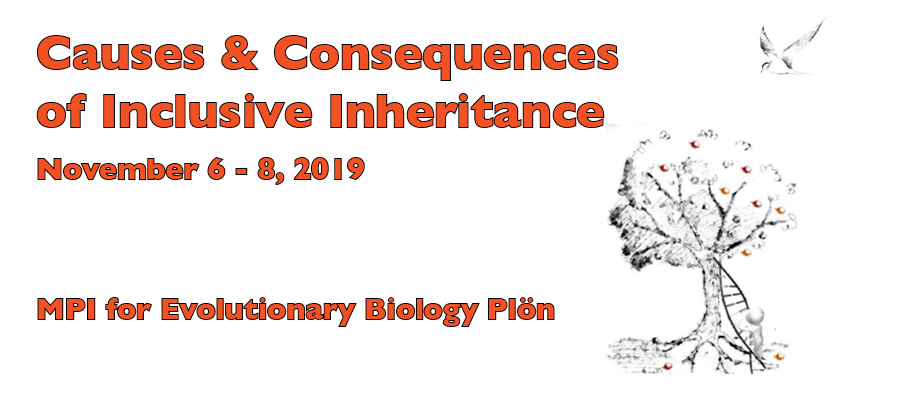Speaker
Description
Co-Authors: Gillian Durieux, Miriam Liedvogel
Bird Migratory behaviour depend on adaptations optimized for flight, timing, navigation and fuel allocation. The heritability of these adaptations has been shown with classical approaches of crossbreeding experiments suggesting that the genetics of migration rely on few genes with large effects. However, studies with candidate genes and population genomics are not conclusive about the identity of genes or molecular mechanisms related with bird migration. Demography and other evolutionary processes difficult the assessment of findings based on purely DNA sequences and therefore, identification of genes related to migration. Gene expression and gene regulation (mediated mainly by chromatin dynamics like chromatin accessibility), improve the limitation features of other approaches to identify functional elements related migration. We have designed a common garden experiment with populations of European blackcaps (Sylvia atricapilla) to sample gene expression and regulation patterns in brain areas relevant to seasonal migration. We focus on i) the suprachiasmatic nucleus (SCN), a brain region controlling circadian and circannual regulatory processes, ii) hippocampus a brain region involved in spatial navigation, and iii) cluster N, a brain region involved in magnetic compass orientation. We used ATAC-seq to compare chromatin accessibility in these three brain areas of birds on migratory season and birds off migratory season. Our preliminary results show differences in chromatin accessibility mainly between migratory and non-migratory birds. Few differences are present between brain regions. The chromatin accessible regions are located in non-coding regions like promoter sequences and other potential cis-regulatory sequences. Such differences are close to genes related with cell migration, neurotransmitter activity among other functions. These results open the possibility for a more complex picture than the one suggested earlier for the genetics of migration.

